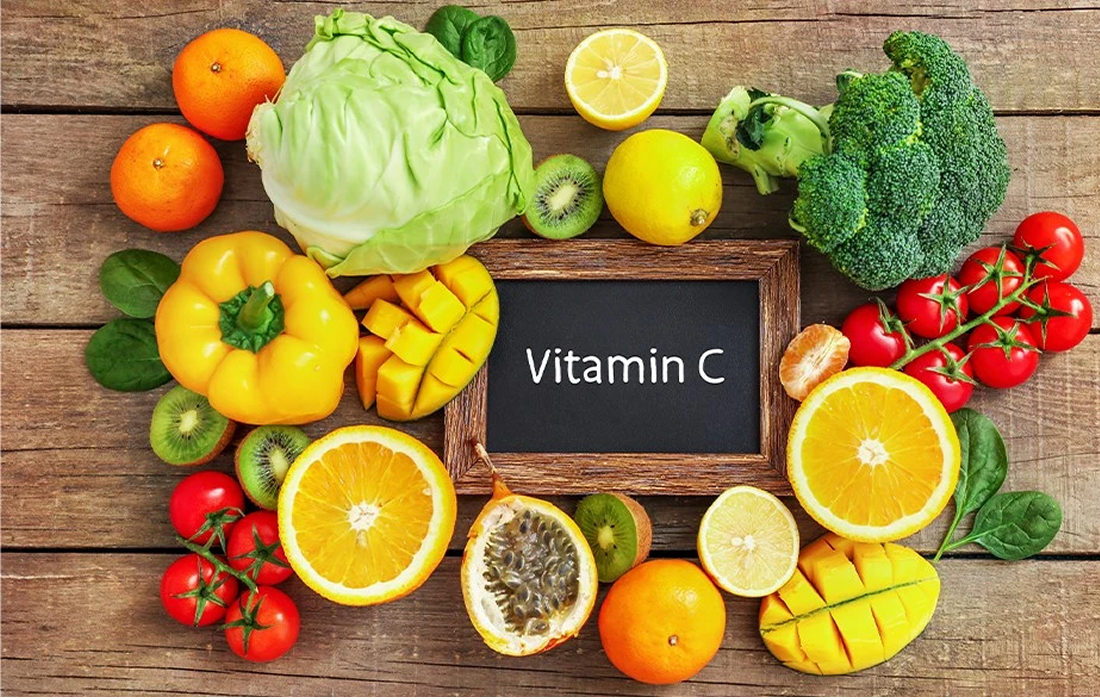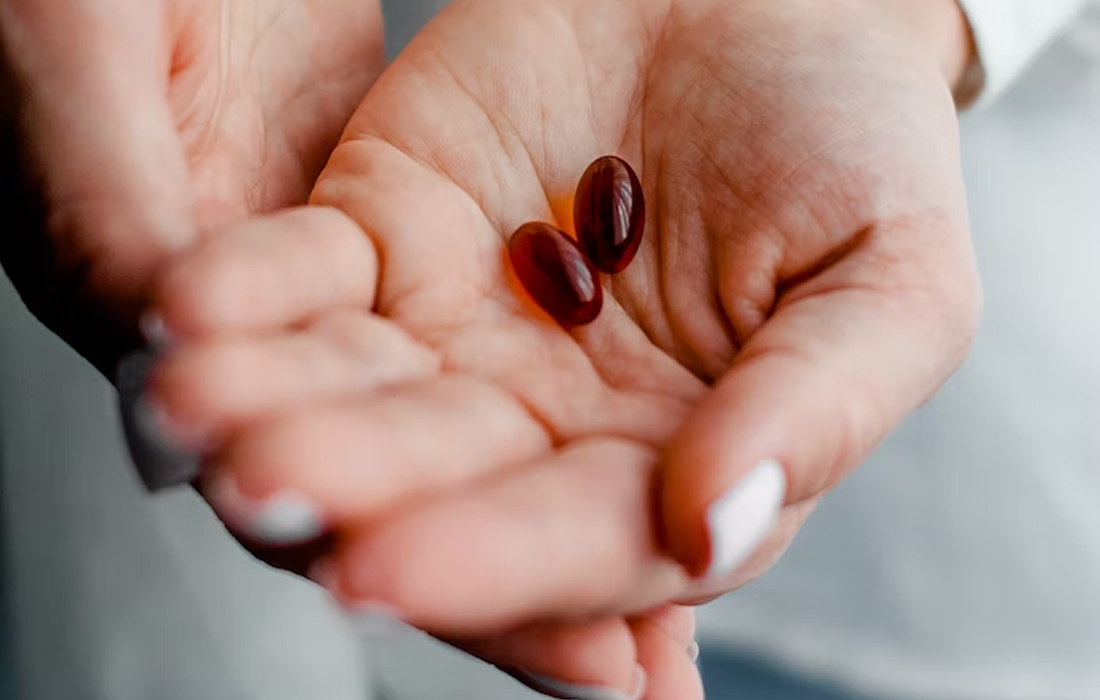A new study has found that consuming dietary nitrate, the active molecule in beetroot juice, significantly increased muscle force while exercising. While it is known that dietary nitrate enhances exercise, both boosting endurance and enhancing high-intensity exercise, researchers still have much to learn about why this effect occurs, and how our bodies convert dietary nitrate […]
Category Archives: Nutrition and Supplements
Whenever bacteria, viruses and other foreign substances enter the body, our immune systems react by deploying white blood cells and chemical substances to protect us. This reaction, commonly known as inflammation, also occurs whenever we overload tendons and muscles and is characteristic of diseases like rheumatoid arthritis. Antioxidants known as polyphenols are found in humans, […]
Approximately half of people with type 1 or type 2 diabetes experience peripheral neuropathy (weakness, numbness, and pain) primarily in the hands and feet. The condition occurs when high levels of sugar circulating in the blood damage peripheral nerves. Now, working with mice, Salk Institute researchers have identified another factor contributing to diabetes-associated peripheral neuropathy: […]
Vitamin D is an essential nutrient involved in many biological processes, most notably helping our body absorb minerals, such as calcium and magnesium. While some of the vitamin D we need is made in the body from sunlight, vitamin D deficiencies are often treated with supplementation. Evidence from laboratory studies, epidemiologic research and clinical research […]
Over the last few decades, the prevalence of overweight and obesity among adults has increased worldwide. Over 2 billion adults are overweight, while over 650 million are obese. Metabolic syndrome is characterized by visceral obesity, hypertension, atherogenic dyslipidemia, insulin resistance, and glucose intolerance, raising the risk of metabolic-associated fatty liver disease (MAFLD). Convincing data suggest […]
Nitrites and nitrates occur naturally in water and soil and are commonly ingested from drinking water and dietary sources. They are also used as food additives to increase shelf life. A study publishing January 17 in the open access journal PLOS Medicine by Bernard Srour of the Nutritional Epidemiology Research Team (EREN-CRESS) of Inserm, INRAE, […]
Sarcopenia is characterized by a progressive and generalized loss of skeletal muscle mass and strength . Increasing age is a well-recognized risk factor for sarcopenia such that worldwide the condition affects >50 million people over the age of 50 y. Whereas maintenance of strength and function is recognized as important for preventing functional limitations, physical […]
Florida State University College of Medicine researchers have linked aspartame, an artificial sweetener found in nearly 5,000 diet foods and drinks, to anxiety-like behavior in mice. Along with producing anxiety in the mice who consumed aspartame, the effects extended up to two generations from the males exposed to the sweetener. The study is published in […]
A Centers for Disease Control and Prevention’s 2022 National Center for Health Statistics report indicates that pregnancy-related mortality in the United States has been on the increase steadily over the past 30 years, with significant disparities by race and maternal age. Adverse pregnancy outcomes (APOs) are leading factors associated with maternal morbidity and mortality, underscoring […]
Homocysteine (Hcy) is an important amino acid in your blood that helps create proteins. Hyperhomocysteinemia (HHcy) is a metabolic disorder mainly due to improper removal or accumulation of hmocysteine most commonly arising from low dietary intake of Folate (Fol) or Vitamin B12 (B12), those last two vitamin can break down the levels of homocysteine and […]










